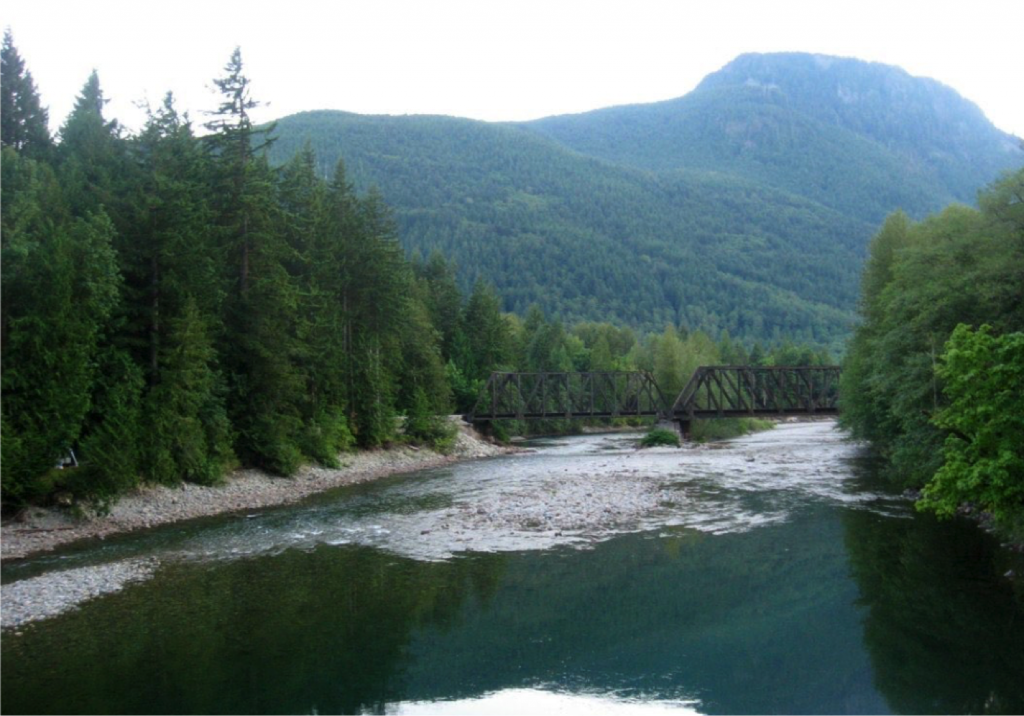My research focuses on understanding the interactions between climate, tectonics, and surface processes that drive landscape evolution. Understanding these interactions provides a key to understand how landscapes may have changed in the past and may change in the future. Below I summarize my three main research topics.
Climate & Surface processes

Climate is considered one of the crucial controls on landscape evolution, suggesting that past climate changes could alter rates of erosion and deposition. To examine how climate controls on surface processes, I measure erosion rates and examine the processes of hillslope diffusion, river incision, and stochastic landslides in the Washington Cascades Mountains (Moon et al., 2011, Nature Geoscience; Moon et al., 2015, JGR-ES).
A recent collaborative work with graduate student Sean Faulk and Prof. Mitchell shows that the regional patterns of extreme methane precipitation rates may influence the alluvial fan formation on Titan’s surface (Faulk et al., 2017, Nature Geoscience)
Tectonic & Surface processes

To understand the controls of tectonics on surface processes, I study the spatial distribution of erosion rates and surface processes in tectonically active areas. I measure erosion rates averaged over thousands of years using terrestrial cosmogenic nuclides, date the ages of geomorphic surfaces, and examine how the landscapes are responding to the spatial and temporal variations of tectonics. Study areas include northern and southern California, Baja California, and the eastern part of the Tibetan Plateau and Himalayas.
I am also interested in how topography and tectonics interact to influence the spatial distribution of bedrock fractures and subsurface bedrock chemical weathering. I examine the spatial distribution of topographic stress in sites with different tectonic stress regime. I examine how topographic stresses influence near-surface bedrock fractures and the patterns of weathering, erodibility, landslides, and groundwater flow (St.Clair, Moon et al., 2015, Science; Moon et al., 2017, JGR-ES).
Chemical Weathering

Understanding the rates and processes of chemical weathering is important since chemical weathering of silicate rocks acts as a net sink for atmospheric CO2 on geologic timescales. My work involves quantifying chemical weathering rates at catchment to global scales using river water chemistry and numerical and statistical analysis. I use a rigorous mathematical method (e.g., inverse modeling, bootstrap analysis) to quantify the rates and uncertainties of silicate weathering and to understand the climatic, tectonic, and hydrological controls on chemical weathering processes.
(Moon et al., 2007, GCA; Moon et al., 2009 AG; Moon et al., 2014, GCA; Ibarra et al., 2016, GCA; Goodfellow et al., 2016, JGR-ES; Ibarra et al., 2017, AG)
Press Release
‘The View from Above: Drones Take UCLA Earth Science Sky High’, article by Emmons McKinney in UCLA EPSS Newsletter 2017 (link)
‘Intense storms batter Saturn’s largest moon, UCLA scientists report’ by UCLA Newsroom (link)
‘Technique for analyzing bedrock could help builders, planners identify safe building zones’ by UCLA Newsroom (link)